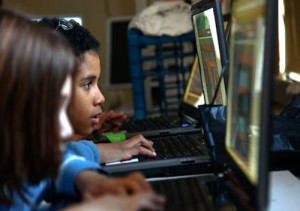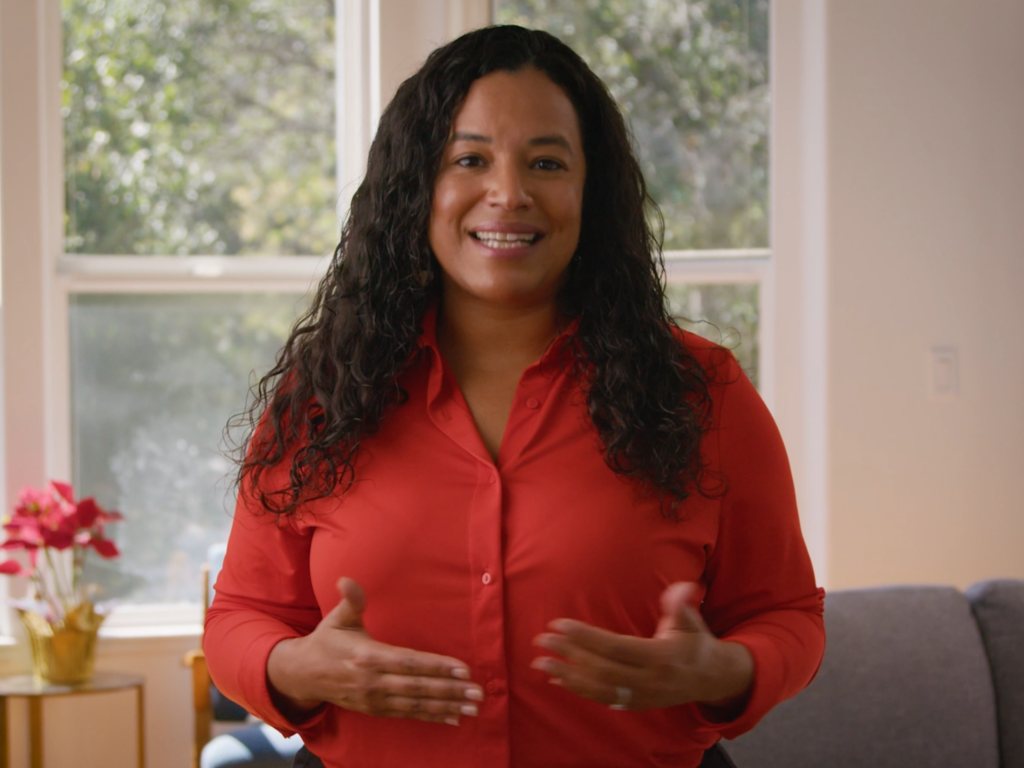“The best way to predict the future is to invent it.” – computer scientist Alan Kay
Google founders Sergey Brin and Larry Page were 21 and 22, respectively, when they started coding a new search engine. Facebook’s Mark Zuckerberg was 20 when he launched the service from his Harvard dorm room. But the next generation of technology innovators may well be teenagers or even pre-teens, if you play out the trends teed up by the opening speakers at this morning’s NewSchools Community of Practice event. The event convenes NewSchools’ entire portfolio, plus a handful of other education entrepreneurs, on the day before the NewSchools Summit each year. This year’s topic is the use of technology in “super-charging” student achievement and accomplishing ambitious goals, in an era where costs have been driven down dramatically due to the rise of open-source software, cheaper hardware, and new ways of using putting sophisticated tools to work to improve student learning.
Harnessing the power of technology begins early – or should, according to Gary Knell of Sesame Workshop. He traced the venture’s roots from the early development of Sesame Street from “two television producers who didn’t know much about education” into an international learning phenomenon, and explained its future plans to expand into pre-K curriculum and its belief in the importance of media literacy to help kids cope with and manage the increasing amount of information they encounter.
By middle school, most students have been plunged knee-deep into technology, and two new experiments are trying to turn that development to their advantage by building rich learning environments that make smart use of technology and data. Inside the New York City Department of Education, Joel Rose has been creating School of One, an innovative approach to “mass customization” of student learning that seeks to break out of the “one teacher, 20 kids in a box” model by matching vast troves of student data with heaps of tagged instructional content to deliver unique “playlists” to each student. Walking through a school day in the life of students Kofi and Maya, Quest to Learn founder (and former game designer) Katie Salen illustrated how this “school for digital kids” merges technology-specific learning with innovations like a custom social network called BeingMe that connects students’ school lives with their home lives (and feeds into teachers’ understanding of student needs and preferences – and their curriculum).
Ultimately, argued Milton Chen of the George Lucas Educational Foundation, it’s all part of making sure that school life comes closer to approximating real life – an idea that dates at least as far back as John Dewey in 1899.



